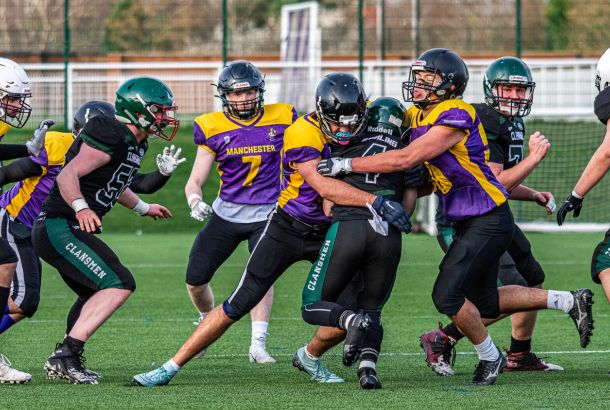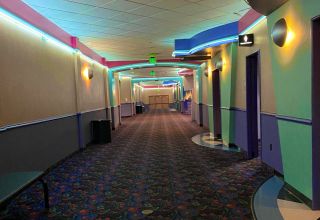Standing up for safe-standing
When Watford played West Ham at the Olympic Stadium, now known as the London Stadium, the headlines did not solely focus on away side coming back from 2-0 down to win 4-2, but also on the trouble that brewed between West Ham supporters. The move to the London Stadium has frustrated fans, ranging from the usual problems associated a running track—a lack of atmosphere, restricted viewpoints—to some not-so-usual problems—fans having to sit on concrete because seating had not yet been installed. Combined with the Hammers’ poor start to the season, and the mood around London club is not great at the moment.
However another cause of the crowd disturbances was a problem that has been prevalent in English football for the last 25 years: fans standing in an all-seater stadium. Moving into the new ground has currently increased West Ham’s capacity by around 15,000. To fill the new stadium, therefore, the Hammers have had to attract a new set of season-ticket holders, in addition to their existing match-day fans. Furthermore sections of fans who all agreed to stand at Upton Park have currently been separated from one another and placed alongside these new ticket holders. This separation of standing fans may have occurred because if the club are to be given clearance to further increase the capacity, to 66,000—the unavailable seats are currently covered up—the club needs to pass certain safety regulations, but that policy may have backfired in light of the coverage given to the events of the Watford game.
The desire to stand does not just occur at West Ham, however; sections of fans at Old Trafford or Selhurst Park, say, will stand, especially for big games, even though grounds in the top two tiers of English football have been all-seater since the Taylor report was released in the wake of the Hillsborough disaster. Additionally, all around the ground, fans of these clubs will stand up for their team’s corners or shots on goal. Furthermore fans of rugby union, rugby league and horse racing can stand up while watching an event, and so can fans of non-league football teams. But, in addition to fan support, there are many other arguments for the re-introduction of standing to all British football grounds.
Firstly the standing sections now proposed by campaigners would be far removed from the dilapidated and dangerous terraces of yesteryear. Take rail seating, used in German football grounds and the type of standing that safe-standing advocates are primarily calling for the introduction of. Every row of the stand is separated by barriers, eliminating the possibility of potentially life-threatening crushes and surges happening, and, just like with seating, every fan is assigned a particular position, enabling police and security officials to still be able to easily identify troublemakers. In rail seating, chairs are tucked away safely behind standing fans, and club officials can easily lower or stow the chairs using a key, meaning that for European games, where UEFA mandates that stadiums should be all-seater, clubs can make the required changes to rail-seating segments with the minimum of fuss.
The atmosphere at Premier League grounds now is a constant annoyance of some fans, stadia getting quieter and more sterile in their eyes. Safe-standing would help in improving the noise at grounds; any fans who do try to sing and start chants, and those who join in, will stand. British fans cast envious eyes towards the atmosphere regularly generated at German grounds, which is helped by safe-standing, as well as cheaper ticket prices, for example. Giving fans a choice to stand would also improve the match-going experience for those who want to sit. They would be able to watch the game unhindered, rather than having to constantly reposition themselves or ask someone to sit down.
This year has already seen a significant development in the campaign for safe-standing, as Celtic opened a rail-seating section, the first in the UK, that can hold up to 2,900 people, after Glasgow City Council gave them permission to build it in June 2015. Fittingly Celtic played a German side, Wolfsburg, in the first British football match to use rail seating.
Conversely Tracey Crouch, the current Sports Minister, has been more reticent to endorse an amendment to the current legislation on all-seater stadia. In a speech to the House of Commons in January 2016, she said: “The government is not at present persuaded by the case put forward to re-introduce standing accommodation in grounds covered by the all-seater requirement.” But Crouch went on to say: “We will, however, monitor its introduction in Scotland closely and reassess this position once evidence from the Scottish experience is available.”
It will not just be the Sports Minister who will be looking keenly to see the results of Celtic’s trial, but many a Premier League club, not least West Ham, and football fan too.







